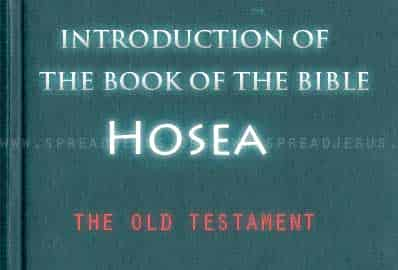Saint Ignatius of Antioch Catholic Saint
Catholic Saints 28-12-2023, 19:40

Saint Ignatius of Antioch
Catholic Saint
Feast Day : October 17 (formerly February 1)
Patronage: Church in the eastern Mediterranean; throat diseases
Little is known for certain about the early life of Ignatius, who probably was born in Syria around the year 50. Legend identifies him as the child Jesus set down among his disciples, as described in the Bible (Matthew 18:1–6; Mark 9:36–37). Some sources say that he was a persecutor of Christians who became a convert and a disciple of St. John the Evangelist or of St. Peter or St. Paul. He called himself both a disciple and a “bearer of God” (theophoros). At about age 17, he became the second or third bishop of Antioch, Syria. He is said to have been appointed and consecrated by St. Peter after he left the deathbed of St. Evodius, the previous bishop. Ignatius longed to give his life in martyrdom during the persecution of Christians under the Roman emperor Domitian, but did not have the opportunity.
However, he received his wish when a later emperor, Trajan, visited Antioch about 107. Trajan had decreed that Christians should unite with their pagan neighbors in the worship of the gods, under penalty of death. Ignatius went out of his way to disobey, with the predicable effect that he was taken before Trajan and sentenced to die in the Roman Coliseum. The last months of Ignatius’s life are relatively well known, thanks to a series of pastoral letters he wrote, and to contemporary accounts of those who traveled with him on his last voyage to Rome. Their ship stopped at various ports around the Mediterranean, and at each stop Ignatius was greeted by crowds of Christians. They docked for an extended stay at Smyrna, where Ignatius met St. Polycarp of Smyrna, then a young man, and received delegations from Magnesia and Tralles. Two of his first four letters were written to the faithful in these places, a third was addressed to the Ephesians and the fourth to the Christians of Rome, whom he asked not to interfere with his martyrdom. In these letters, Ignatius became the first to use the term “the Catholic Church.” Ignatius’s ship arrived in Rome on December 20, the final day of the public games in the Coliseum, and he was rushed to the amphitheater. Of his imminent fate, he wrote, “I pray that they will be prompt with me.
I shall entice them to eat me speedily.” Legend has it that as he was offered to the lions, he called himself “the wheat of Christ,” exclaiming: “May I become agreeable bread to the Lord.” After his death, the image of Jesus is said to have been found engraved on Ignatius’s heart. His relics were carried back to Antioch and buried outside the gates. Later, Emperor Theodosius II had them moved to the Tychaeum (Temple of Fortune), which was converted into a Christian church under Ignatius’s patronage. In 637, his relics were again translated, this time to St. Clement’s in Rome, where they now rest. Ignatius is highly venerated in the Eastern Orthodox as well as Roman Catholic Church. A Greek icon with his likeness can be seen at the Saint Isaac of Syria Skete site. In art, Ignatius is shown looking at a crucifix, a lion at his side; standing between two lions; in chains; holding a heart with “IHS” on it; or holding a heart with “IHS” torn out by lions. He may also be depicted with the image of Jesus on his breast; holding a fiery globe; or in an arena with lions.

The book Of The Bible Hosea The book of Hosea is first in order of the works known as the Twelve Minor...
Learn more
PSALM 38 A Penitent Sufferer’s Plea for Healing Psalm 38:1 O LORD, rebuke me not in your anger, nor chasten...
Learn more
Portuguese Bible Quotes HD-Wallpapers Proverbs 3:6 Download Proverbs 3:6 Portuguese Bible Quotes...
Learn more 0